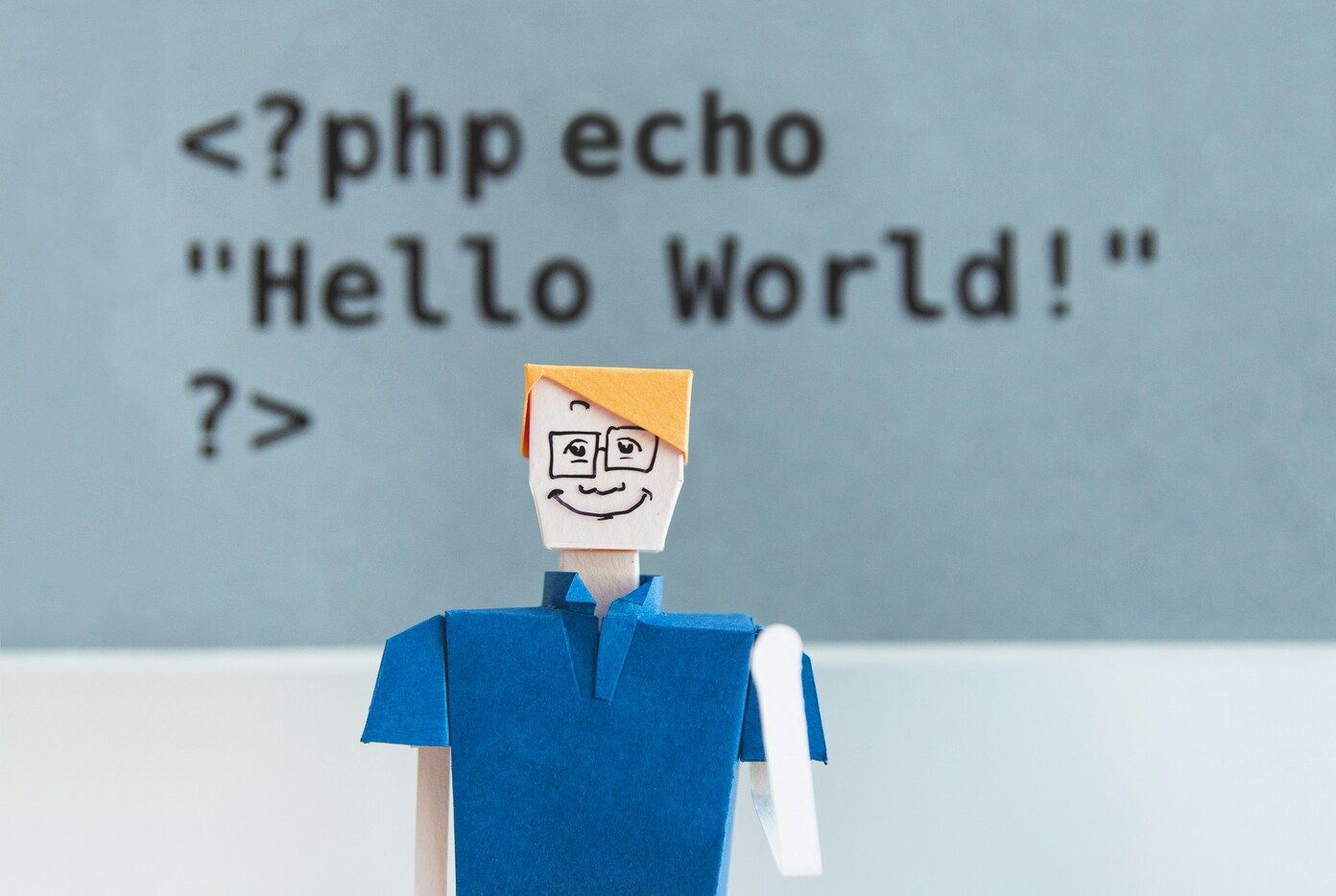
3D Animation of a Housing Estate – Is It Worth It?
...
2D and 3D Animations in Real Estate Marketing - What to Choose? Find out which animations will better attract clients and showcase your property investments.
Investing in real estate, you are well aware of how crucial it is to present your project in a way that attracts attention and interest from potential clients. In today's marketing, one of the most important tools is animations. But which of them will be better for your project – 2D or 3D animations? In this post, we will analyze the advantages and disadvantages of both solutions to help you make an informed decision.
Before delving into technical details, it's worth understanding why animations play such a crucial role in presenting investments. Animations allow for a dynamic and attractive depiction of your project's vision.

2D animations, as the name suggests, operate in two dimensions – height and width. These are traditional forms of animation that often resemble drawings or illustrations.
3D animations are advanced presentations that add a third dimension – depth. This allows them to realistically capture the appearance and atmosphere of your investment.
The choice between 2D and 3D animation depends on the specifics of your project as well as your financial needs and capabilities.
If you need a quick and cost-effective solution that will still be effective, 2D animation might be ideal for you. 2D animations are cheaper to produce and can be completed more quickly, which is advantageous if you have a limited budget and time.
If you want to present your project in the most realistic and interactive way possible, 3D animation will be a better choice. 3D animations offer realistic replication of the building, interactive features like virtual tours, and detailed depiction of finishing materials and furnishings.
Choosing the right animation can significantly impact the reception of your investment. Select the solution that best conveys the unique features of your project and speaks to the imagination of potential clients.
2D animation is a two-dimensional representation of a project, resembling drawings or illustrations that show the investment in a flat perspective, without depth.
3D animation is a three-dimensional presentation that adds depth and allows for a realistic depiction of the building, surroundings, and details such as finishing materials and lighting.
Animations increase customer engagement, help explain complex project aspects (like eco-friendly solutions or smart technologies), and accelerate purchase decisions through more realistic property presentations.
2D animation involves lower production costs and shorter turnaround times, which is beneficial when working with a limited budget and needing quick market entry. It also offers a unique, artistic style that can stand out from the competition.
The limited perspective lacks depth, making it harder to realistically depict space. It also offers less interactivity, which may reduce customer interest compared to 3D animation.
3D animation allows for a realistic representation of the building and its environment, helping clients better imagine the space. With virtual walkthroughs, it offers high interactivity and can showcase finishing materials, furniture, and lighting in detail.
3D animation production comes with higher costs and longer turnaround times, which may delay the release of marketing materials.
When working with a limited budget and needing quick deployment of marketing content. 2D animation enables fast production at relatively lower costs while maintaining visual appeal.
When aiming to present a project in the most realistic and interactive way—such as with virtual walkthroughs or detailed material renderings. This is ideal for premium investments where the “wow” factor and customer engagement matter.
Consider the budget and timeline, the target audience (whether they need realistic visualization or a stylized presentation), and the campaign’s goal (whether to grab attention quickly or allow in-depth space exploration).
Yes—realistic and engaging animations (both 2D and 3D) help clients quickly understand the project concept, increase trust in the investment, and shorten the sales funnel.
With simple graphics and clear narration, 2D animation can clearly illustrate how eco-features or smart home technologies work, even without full 3D perspective.
Thanks to its ability to accurately depict depth, lighting, and detail, 3D animation delivers a stronger visual experience, allowing the client to almost “enter” the space and feel the project’s atmosphere.
In most cases, yes—due to simpler production processes, fewer frames, and no need for 3D modeling, 2D animations are generally more cost-effective.
Usually yes, as they require 3D modeling, texturing, rendering, and advanced lighting, which is more time-consuming and resource-intensive than 2D production.
2D animation typically takes a few weeks, since it doesn’t involve creating 3D models or long rendering times. 3D animation, on the other hand, involves multiple stages (modeling, texturing, lighting, rendering), often taking several months.
Yes—you can start with a simple 2D intro to quickly illustrate the concept and then transition into realistic 3D shots, combining the strengths of both styles and optimizing costs.
Work with experienced professionals who understand the target audience and can convey the atmosphere of the investment. A well-developed script, visual consistency, and engaging narration are also crucial.
It means that the animation should not only show room layouts or textures but also evoke emotions and help the client imagine living in the space, building aspirations and emotional connection with the project.
Hire professionals to ensure top quality.
Capture the property's atmosphere—lighting, interior design, and surroundings matter.
Focus on “selling a dream”—inspire emotion and desire in the client.
Book a free consultation.
Sign up now for our free RendProletter and receive 1 email every week with a short summary of the best posts from our blog and emails with unique offers you won't find anywhere else!